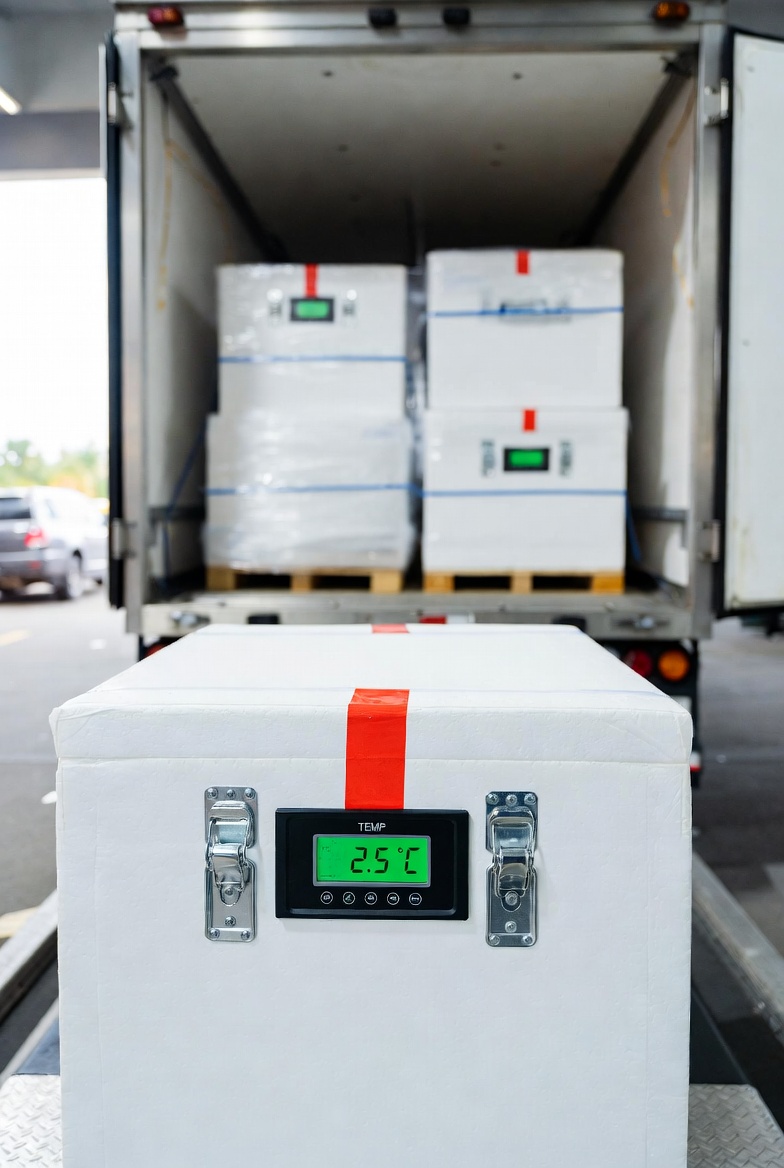In the Industry 4.0 environment, the convergence of digital technologies (e.g., IoT, AI, robotics, blockchain, big data, and 3D printing) is transforming how companies approach sustainability.
Industry 4.0 offers new opportunities for improving efficiency, reducing waste, optimizing resource use, and enhancing transparency in ways that were previously difficult to achieve. Here are the key actions for integrating Corporate Sustainability Management (CSM) in the context of Industry 4.0:
Nowadays about 20% to 60% of the companies, depending of their market and their country have initiated the digitalisation of their processes and integrate key objectives such as the compliance with Industry 4.0 standards and Sustainable Development Goals from the United Nations.
1. Digitalization of Sustainability Metrics and Reporting
- Real-time Monitoring and Data Analytics: Use IoT sensors and big data analytics to track and monitor environmental metrics such as energy consumption, water use, waste generation, and emissions in real-time. This allows companies to identify inefficiencies quickly and make data-driven decisions to reduce environmental impacts.
- Sustainability Dashboards: Develop real-time dashboards that integrate sustainability data across all departments and operations. These dashboards help track performance against sustainability KPIs (e.g., CO2 emissions, energy usage, waste reduction) and enhance transparency in reporting.
- Blockchain for Transparency: Use blockchain technology to enhance transparency in supply chains, ensuring that products are sourced responsibly and produced sustainably. Blockchain can track the journey of raw materials, monitor compliance with environmental and social standards, and provide immutable records for audit purposes.
2. Smart Manufacturing for Resource Efficiency
- Predictive Maintenance: Use AI and machine learning to predict and prevent equipment failures before they occur. This reduces downtime, improves resource efficiency, and minimizes waste from unnecessary repairs or replacements.
- Energy Optimization with AI: Implement AI-driven systems to optimize energy consumption in factories, warehouses, and production processes. AI can predict energy needs based on production schedules and environmental conditions, helping to reduce energy waste and lower the carbon footprint.
- Additive Manufacturing (3D Printing): Leverage 3D printing to minimize material waste during the manufacturing process. This allows for on-demand production, reduced inventory waste, and the creation of complex, lightweight parts that reduce material usage.
3. Circular Economy and Closed-Loop Systems
- Circular Supply Chains: Use IoT sensors and blockchain to track products through their lifecycle and enable reverse logistics for recycling and reuse. Industry 4.0 technologies allow companies to establish more efficient closed-loop supply chains, where products are designed for disassembly, remanufacturing, and repurposing.
- Product Lifecycle Management (PLM) Systems: Integrate PLM software with sustainability data to track the entire lifecycle of products, from design to disposal. This can help identify opportunities for reducing resource consumption, improving recyclability, and extending product life.
- Material Flow Optimization: Implement digital tools to track and optimize material flows across the entire production process, ensuring that raw materials are used efficiently, waste is minimized, and recycling efforts are maximized.
4. Supply Chain Transparency and Ethical Sourcing
- Smart Contracts and Blockchain for Supplier Audits: Use blockchain-based smart contracts to ensure that suppliers meet sustainability and ethical sourcing standards (e.g., fair labor practices, responsible mining, reduced carbon footprint). Smart contracts can automate compliance checks and improve accountability.
- AI and Blockchain for Supply Chain Traceability: Integrate AI with blockchain to create end-to-end traceability in supply chains. Companies can track environmental impacts at each stage of the supply chain (e.g., emissions from transportation, energy use during manufacturing) and ensure that products are ethically sourced.
- Real-time Supply Chain Optimization: Use AI algorithms to predict and optimize supply chain routes and methods, reducing transportation emissions, lowering fuel consumption, and enhancing the overall sustainability of logistics operations.
5. Sustainable Product Design and Innovation
- Design for Sustainability with AI: Use AI tools for sustainable product design by optimizing for energy efficiency, minimizing material waste, and considering end-of-life recyclability. AI-driven simulation tools can evaluate the environmental impact of product designs early in the development process.
- Digital Twins for Product Development: Use digital twin technology to create virtual models of products or processes and test them in a simulated environment. This allows for real-time optimization of product design, reducing resource waste and identifying opportunities for sustainability improvements before physical production.
- IoT for Smart Products: Develop “smart” products equipped with IoT sensors that monitor usage, energy consumption, and maintenance needs, providing customers with data to optimize their own resource use and extend the product lifecycle.
6. Decarbonization and Energy Transition
- AI-Driven Carbon Management: Leverage AI to monitor and optimize carbon emissions across operations. AI can forecast emissions based on production plans and suggest ways to reduce them, such as switching to renewable energy sources or optimizing production schedules.
- Renewable Energy Integration: Use Industry 4.0 technologies to integrate renewable energy sources (e.g., solar, wind) more efficiently into the energy mix. AI can help predict energy demand, optimize the use of renewable energy, and store surplus energy in smart grids or battery storage systems.
- Smart Grids and Energy Management: Implement smart grids and energy management systems that use AI and IoT to dynamically adjust energy consumption based on availability, demand, and cost. These systems can optimize energy use, reduce waste, and enable a seamless transition to renewable energy.
7. Enhanced Stakeholder Engagement and Collaboration
- Customer Engagement through Digital Platforms: Use digital platforms and apps to engage customers in sustainability efforts, such as providing them with tools to track their own environmental impact (e.g., carbon footprint calculators) or promoting sustainable product choices.
- Crowdsourcing Sustainability Ideas: Leverage digital platforms for crowdsourcing sustainability innovations. Engage employees, customers, and other stakeholders in co-creating solutions to sustainability challenges, from product design to waste management.
- Collaborative Platforms for Innovation: Use Industry 4.0 collaboration tools, such as cloud-based platforms and digital networks, to partner with suppliers, customers, and research institutions in co-developing new sustainable technologies and business models.
8. Enhanced Environmental Compliance and Risk Management
- AI for Environmental Risk Prediction: Use AI-powered analytics to predict and mitigate environmental risks, such as pollution incidents, water shortages, or supply chain disruptions due to climate change. This enables companies to proactively address potential issues before they escalate.
- Automated Environmental Compliance: Implement AI and automation to monitor and ensure compliance with environmental regulations in real-time. Sensors and monitoring systems can alert companies to potential violations, helping to avoid fines and reputational damage.
- Climate Change Adaptation and Resilience: Use AI and big data to model climate change impacts on business operations and identify strategies for adapting to new environmental conditions. For example, AI can help predict extreme weather events that might disrupt supply chains or production.
9. Employee Training and Culture Change
- AI-Driven Training Programs: Use AI-powered learning platforms to train employees on sustainability best practices, new technologies, and environmental compliance. Virtual reality (VR) can also simulate real-world scenarios to help employees better understand sustainability challenges.
- Digital Collaboration Tools: Foster a sustainability-oriented corporate culture by using digital tools that enable employees to collaborate on sustainability initiatives, share ideas, and track progress. Digital platforms can also facilitate remote work and reduce the environmental impact of commuting.
10. Sustainability in Financial Decision-Making
- Sustainability-Linked Financial Instruments: Use digital finance tools, such as blockchain and smart contracts, to issue green bonds or other sustainability-linked financial instruments. This enables companies to raise capital for environmentally friendly projects and initiatives.
- AI for Investment Decisions: Leverage AI-driven algorithms to assess the sustainability performance of investment opportunities and integrate ESG (Environmental, Social, and Governance) criteria into investment decision-making.
### Conclusion:
In the Industry 4.0 environment, Corporate Sustainability Management can be greatly enhanced through the integration of advanced digital technologies. These tools enable more efficient resource use, improved data tracking, and smarter decision-making, all of which contribute to reducing the environmental footprint, enhancing social responsibility, and achieving long-term economic sustainability. By embracing Industry 4.0 technologies, companies can not only optimize their operations for sustainability but also create new opportunities for innovation, collaboration, and value creation in the global economy.




